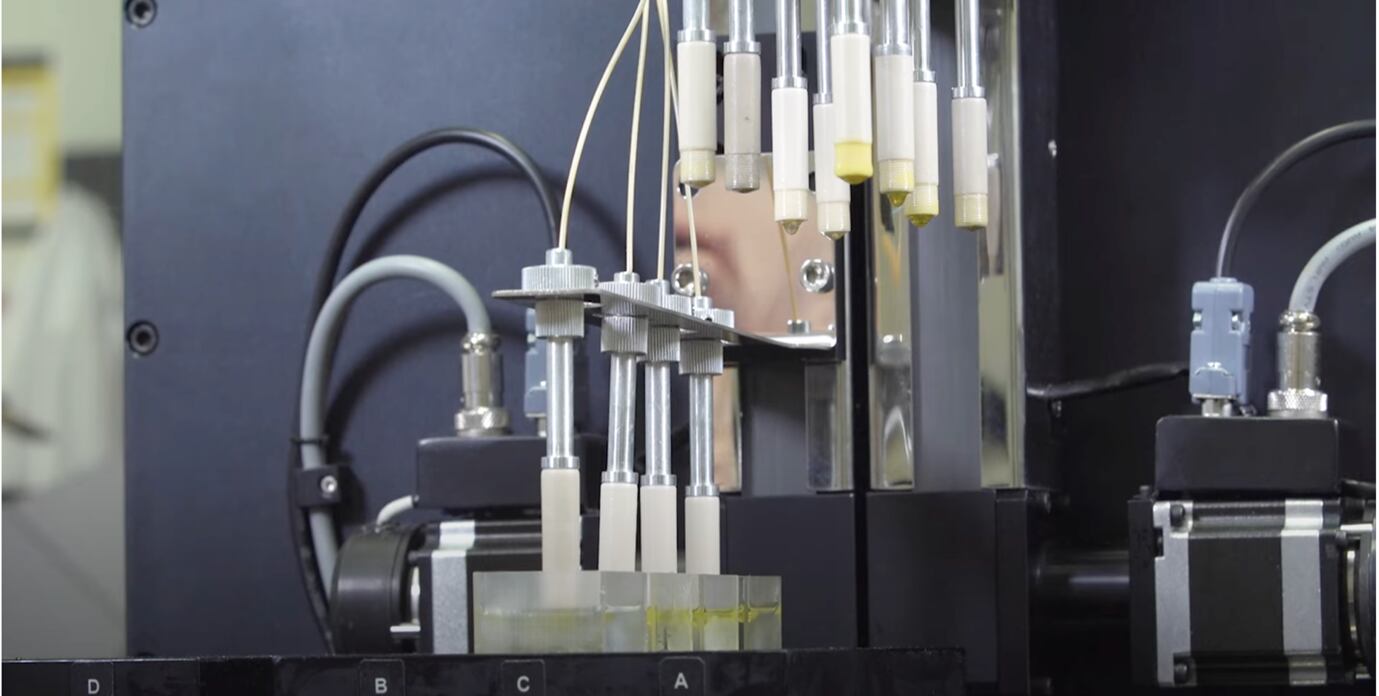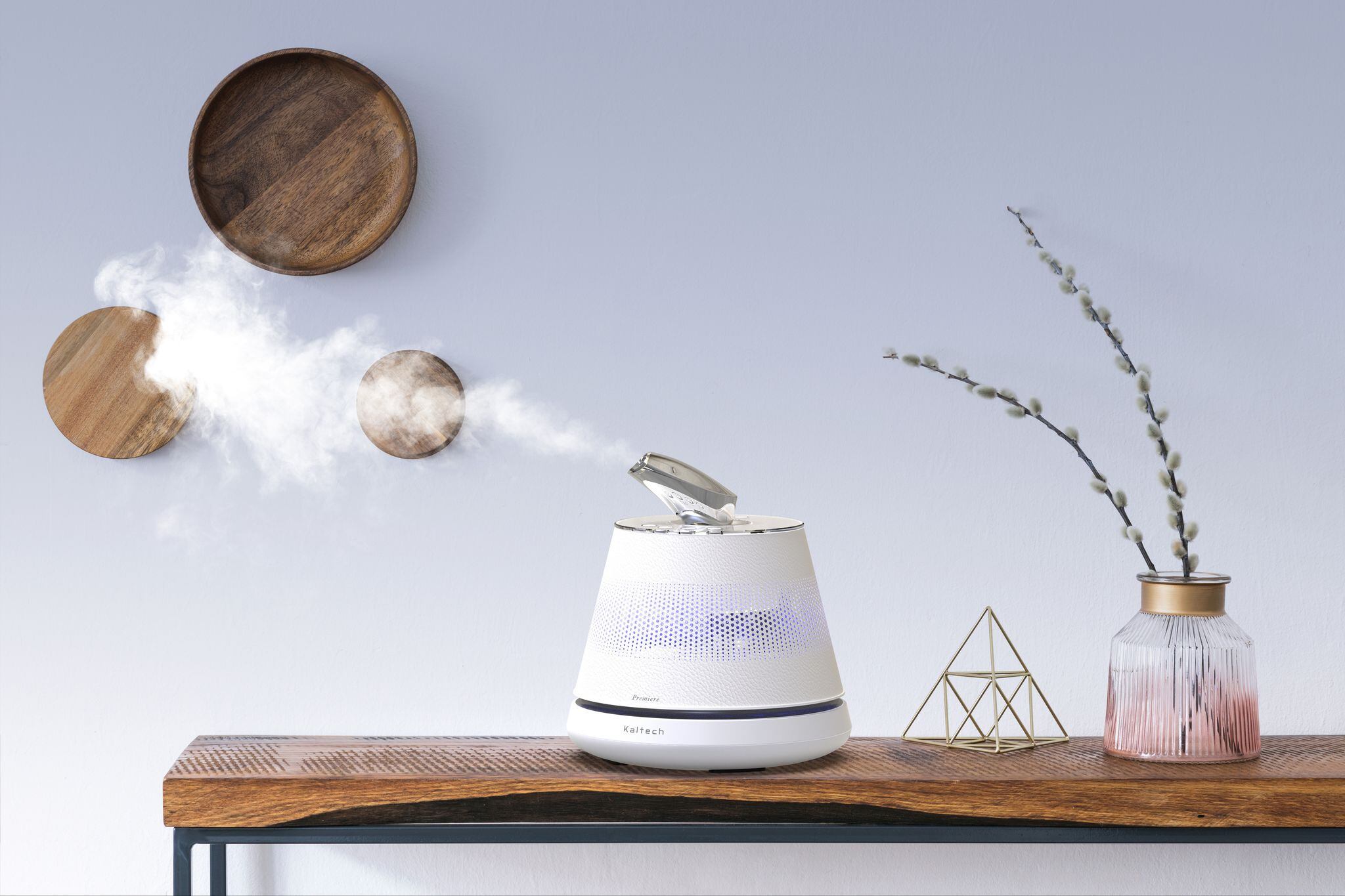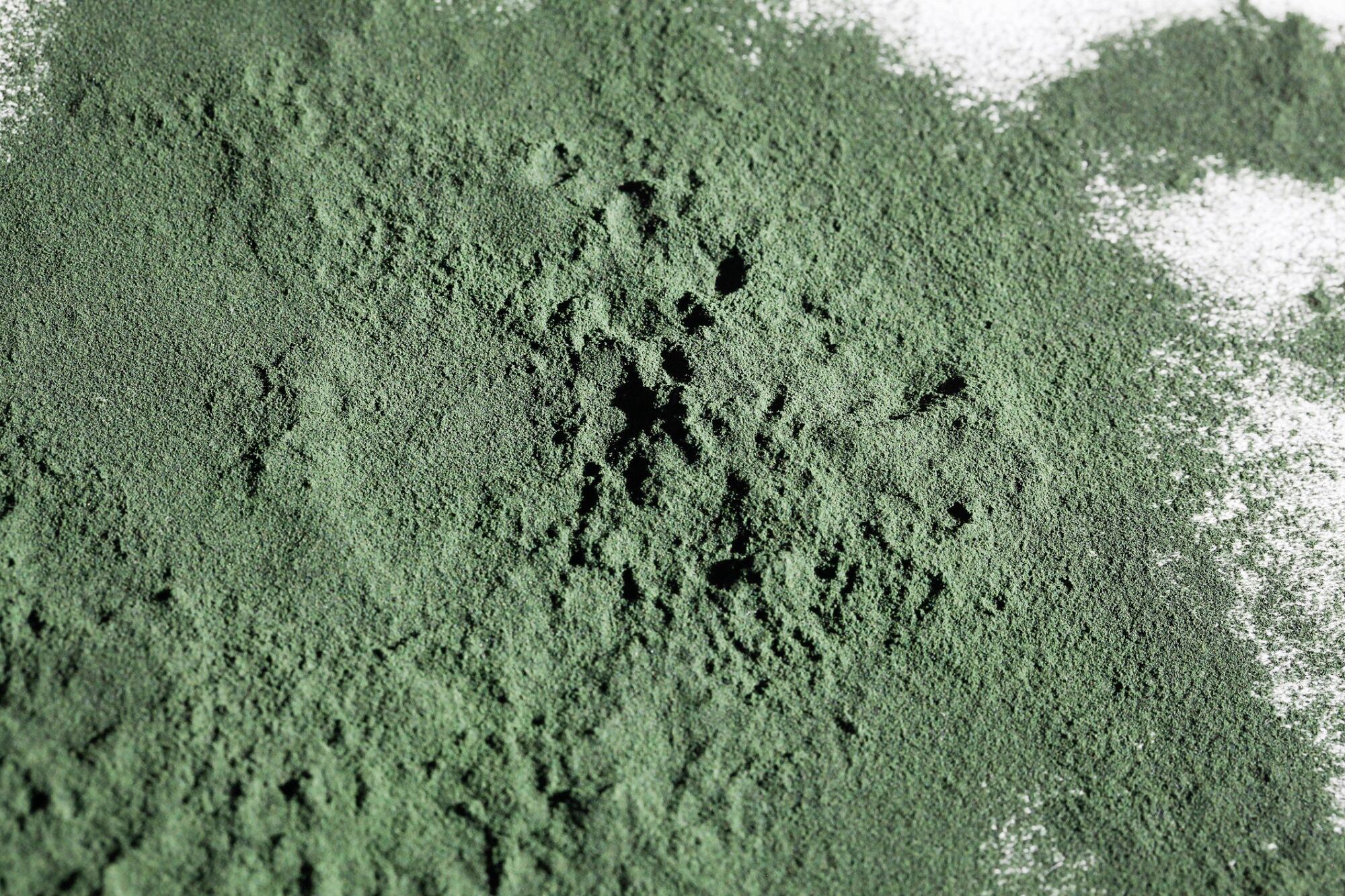Recently, researchers at the University of Waterloo in Ontario, Canada announced they have successfully developed a simple and cost-effective method for ingredient encapsulation that could significantly impact the cosmetics and personal care product manufacturing industries. The process, which researchers have deemed the ‘liquid-liquid encapsulation system’ could replace microplastics in functional ingredient encapsulation, reducing the environmental impact of cosmetics and personal care products for greater environmental sustainability.
To learn more about the ‘liquid-liquid encapsulation system,’ including insights into how the process works, the technology’s research and development process, and its potential for future applications in cosmetics and personal care product manufacturing, CosmeticsDesign spoke to Dr. Sushanta Mitra, P.Eng, Executive Director at the Waterloo Institute for Nanotechnology for her explanations and understanding.
The process and its research and development
The ‘liquid-liquid encapsulation system’ works by “introducing a drop of core material through a nozzle, which impacts on a host bath, containing a floating shell layer on the surface.” From there, “when a complex interaction of the core material with the shell layer occurs, it creates a stable encapsulation which protects the core material and safeguards it from an aggressive environment enabling a timely release of the cargo material to a targeted area,” as detailed in the university’s press release announcing the technology.
The key to the technology’s success is “that everything is in liquid state: the core, and the shell, submerged inside a liquid bath,” said Dr. Mitra in the release. This is particularly significant as “currently, industries have to use microplastic based shell materials to encapsulate the chemical formulations, and our technology avoids the use of microplastics to create a sustainable product for cosmetics and personal care industries.”
To create an effective encapsulation system, Waterloo researchers needed to create a “core-shell combination,” Dr. Mitra explained, “which should adhere to the interfacial criteria for wrapping at the height of impact, which is the distance between core and the shell layer.” Accomplishing this was a challenge for researchers, who tried “more than 15 combinations of core-shell materials to prove the robustness of our technology.”
Ultimately, researchers were able to successfully “circumvent the need of the impact height by creating a new technology, wherein we are able to trap the core material inside the interfacial shell layer, without the need to impinge on the floating shell layer,” which led to the development of the effective encapsulation system, said Dr. Mitra.
Potential applications moving forward
The resulting technological system is “ultrafast with each encapsulation taking only fifty milliseconds, is at least 5,000 times less energy intensive, and it avoids the introduction of any microplastics in the encapsulation process,” as shared in the university’s press release. Additionally, the encapsulation system technology solves several pain points currently facing the cosmetics and personal care product industries, including energy cost, flexibility, and high throughput in the product manufacturing process.
Using the ‘liquid-liquid encapsulation system,’ Dr. Mitra and his research team have “developed a robust prototype with four injection nozzles that can deliver up to 200,000 encapsulated cargo in an hour, and are currently working with partners and product manufacturers in the Netherlands to integrate the curing stage with their prototype so the encapsulated cargo could be extracted as individual capsules on demand if needed,” shared the release.
Once this prototype is developed, the next step for the Waterloo researchers is to create “a table-top system for consumer use (like a household 3-D printer) so that consumers, on demand, can create their own formulated encapsulated products.”
“In the end,” Dr. Mitra concluded in the release, “we strive toward being a sustainable and innovative encapsulation entity that meets the UN sustainable development goals,” and the ‘liquid-liquid encapsulation system’ will support cosmetics and personal care product manufacturers in achieving and surpassing this milestone.





